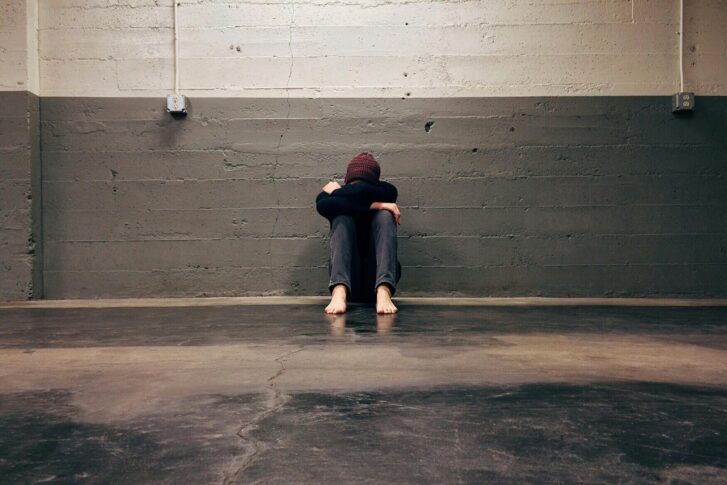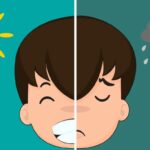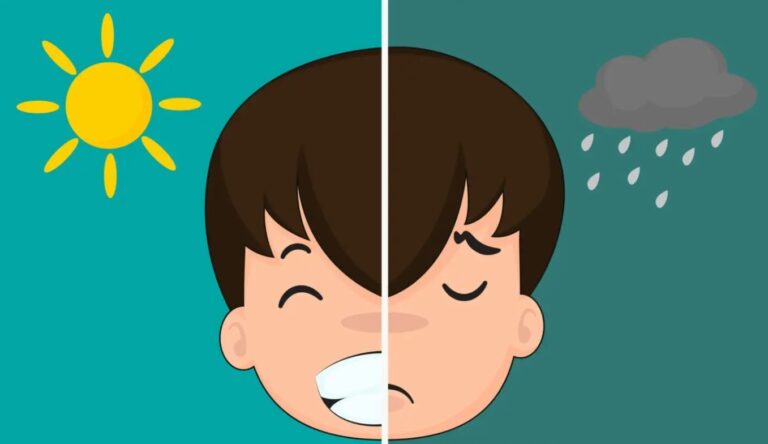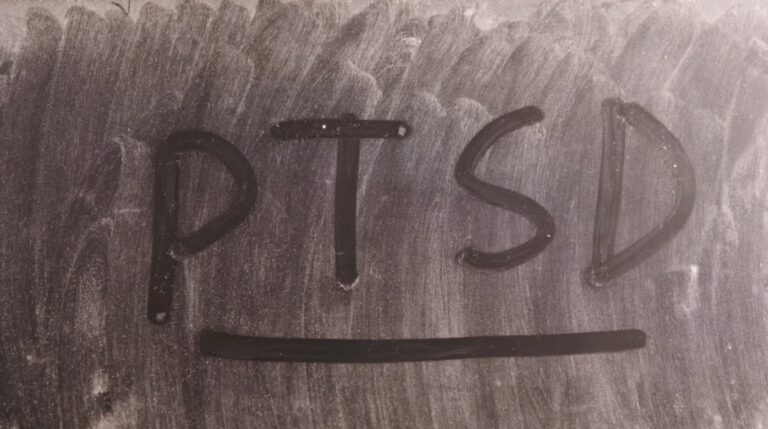Depression is a serious medical illness affecting over 300 million people worldwide each year. According to the Diagnostic and Statistical Manual of Mental Disorders, 5th Edition, a diagnosis involves at least two weeks of either depressed mood or loss of interest accompanied by symptoms such as changes in appetite, sleep, energy, concentration, and feelings of worthlessness.
The exact causes of depression are not fully understood but are thought to involve a combination of genetic, biological, environmental, and psychological factors. Imbalances in neurotransmitters like serotonin and cortisol have been demonstrated in clinical studies. Depression has also been linked to adverse childhood experiences and stressful life events.
Left untreated, depression can impact multiple domains of functioning. It is associated with increased risks of medical comorbidities, disability, and mortality – particularly by suicide which is a leading cause of death for those aged 15-29 years.
Effective treatments do exist, however. Pharmacotherapy with antidepressant medications is often recommended as an initial step, with SSRIs being the most commonly prescribed. Psychotherapy approaches like cognitive behavioral therapy and interpersonal therapy have also been shown to significantly reduce depressive symptoms. combining antidepressants with psychotherapy may offer additional benefits.
By analyzing the current research on depression’s diagnostic criteria, causes, impacts, and evidence-based interventions, this article aims to provide an objective understanding of the illness to inform patient care and public health efforts.
Causes of Depression

- Genetic Factors
- Biological Factors
- Social Factors
- Psychological Factors
- Substance Abuse
Genetic Factors
Substantial evidence indicates genetic factors influence vulnerability to major depressive disorder. Family studies demonstrate that individuals with a family history of MDD have approximately a 2-3 times higher risk than the general population.
Genome-wide association studies have identified several specific gene variants related to the regulation of neurotransmitter systems and hpa-axis reactivity that are more prevalent among those diagnosed with depression.
However, genetics alone do not determine the development of MDD – heritability estimates from twin studies range between 31-42%, showing that environmental influences and epigenetic interactions also play a role. (1)
Having a genetic predisposition confers increased likelihood but does not guarantee that depression will manifest, as multiple other biological and psychosocial factors contribute to the expression of illness in any given individual.
Biological Factors
- Neurotransmitter systems: Considerable research implicates aberrant functioning of Mono-Aminergic neurotransmitter systems (2), particularly serotonin and norepinephrine, in MDD pathophysiology. Post-mortem and vivo imaging studies note alterations in the density and activity of receptors and transporters involved in the synaptic signaling of these molecules.
- Neural circuitry and morphology: Neuroimaging research has additionally associated depression with anomalies in regions comprising emotion regulation circuits such as the prefrontal cortex and amygdala. Structural MRI studies often observe smaller hippocampal volumes as well, along with reduced activity in reward-processing centers.
- Hypothalamic-pituitary-adrenal axis: Dysregulation of the HPA axis stress response system has appeared as a reliable biological marker as well. Depressed patients frequently exhibit non-suppression of cortisol after dexamethasone administration, elevated corticotrophin-releasing hormone levels, and correspondingly disturbed circadian rhythmicity – pointing to HPA hyperactivity as a vulnerability factor.
- Postpartum and seasonal implications: Fluctuating hormonal milieus may also interact with these vulnerabilities during periods like the postpartum, potentially exacerbating depressive symptoms. Similar mechanisms have been theorized for seasonal affective disorder patterns relating to serotonin manipulation by melatonin levels.
Social Factors
- Adverse life events: Episodes of major depression have been consistently associated with precipitating stressful experiences or losses, such as bereavement, abuse, assault, accident/injury, or significant adversity. Such traumatic events appear capable of influencing neurobiological functioning through sustained activation of stress pathways.
- Chronic stress: Prolonged exposure to stressors including socioeconomic hardship, relationship disruptions, occupational pressures, and ongoing caregiving burdens have demonstrated correlations with both the onset and relapse of depressive episodes. Sustained elevation of cortisol and inflammatory markers tied to stress are theorized to gradually impact brain regions implicated in MDD.
- Socioeconomic position: Population studies observe a prevalence gradient corresponding to lower education and income levels after controlling for clinical and diagnostic factors. Resource scarcity and its multi-dimensional consequences, including concentrated adversity, reduced autonomy, and diminished social support tend to characterize communities and households at the highest risk. (3)
- Community violence: For both adult and developing cohorts, residing in impoverished urban environments marked by elevated rates of criminal activity and conflict similarly elevates depressive symptomatology over time. The chronic fear, unpredictability, and modeling of aggression involved in such settings are hypothesized to function as proximal stressors that can biologically embed vulnerability over the lifespan.
Psychological Factors
- Personality: Temperamental vulnerabilities in domains like self-perception, attributions, and extraversion have received support as probabilistic attributes increasing depressive susceptibility. Pessimistic cognitive styles may hamper resilience to adversity over the lifespan course.
- Cognitive patterns: Cross-sectional and longitudinal data link depression onset and severity to the presence of negative self-schemas, interpretive biases toward threat, and distorted information processing favoring sadness. Rumination in particular robustly predicts poor outcomes across diagnostic categories. (4)
- Coping strategies: Adaptive vs maladaptive approaches to managing stress, problems and emotions have clear implications for depressive risk and resilience. Passive resignation, avoidance, self-blame, and substance use typically coincide with more severe and protracted symptoms versus an active problem-solving orientation. Deficits in accessing social support networks also strongly correlate.
- Emotional regulation: Difficulties identifying, labeling, and expressing emotions in a healthy manner feature prominently as both vulnerability markers and maintaining factors across many theoretical orientations. Alexithymia and emotion dysregulation may compromise resilience to life challenges.
Substance Abuse
Both epidemiological data and neurobiological models link abnormalities in mood-regulating systems to histories of alcohol, nicotine, and drug misuse. While directionality is complex, at minimum the acute disinhibiting and withdrawing effects of various substances represent potent environmental stressors onto a possibly already primed structure. Genetic and epigenetic interactions likely further strengthen this bidirectional relationship over time.
Symptoms of Depression
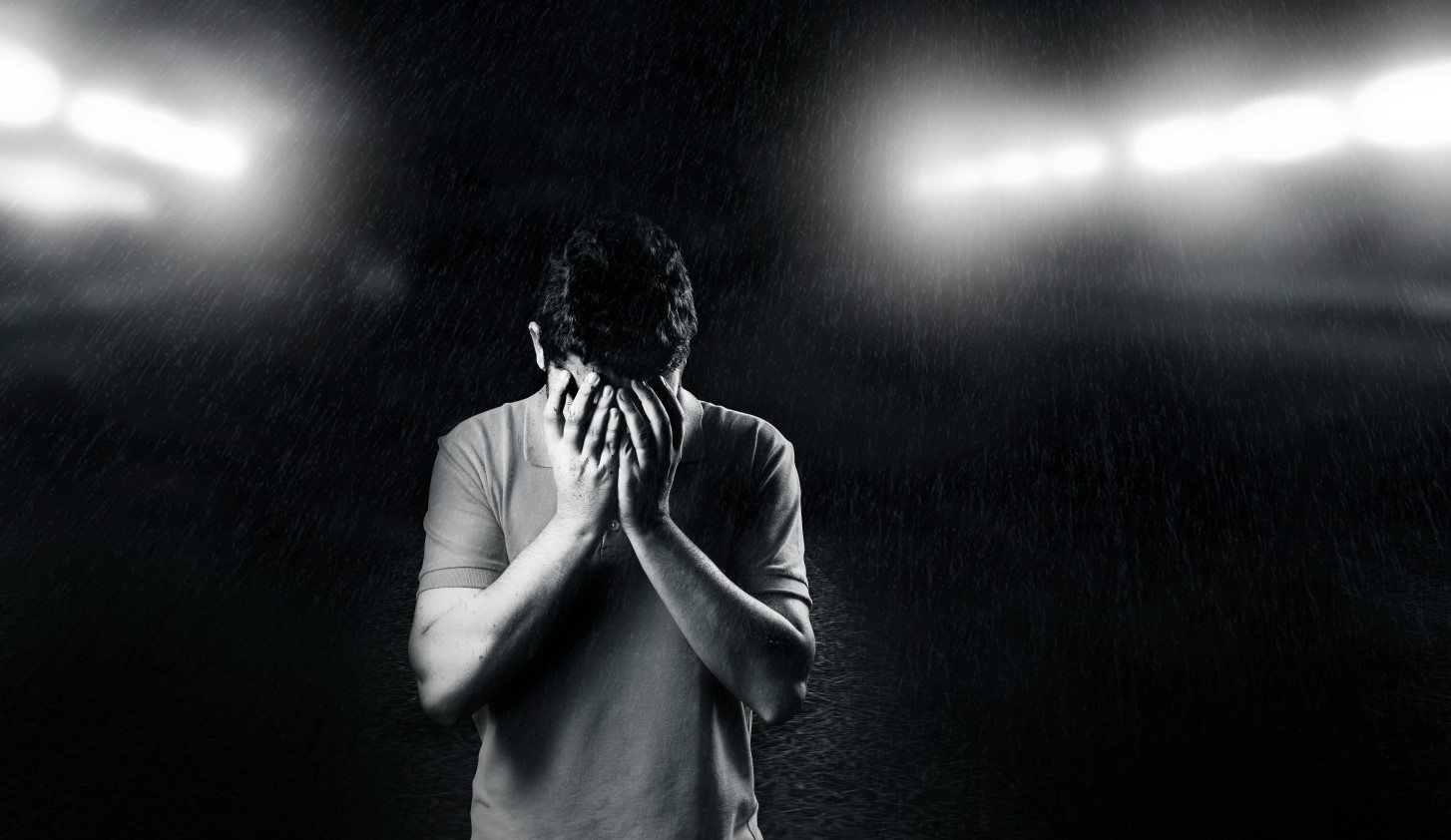
- Emotionally, depression commonly involves persistent feelings of sadness, hopelessness, and lack of pleasure in activities once enjoyed. One’s emotional world becomes narrowed or blunted.
- Cognitively, depressed thought patterns tend toward negativity, self-criticism, and rumination. Concentration and memory difficulties pose challenges to daily problem-solving as well.
- Physically, symptoms like appetite and sleep disturbances, fatigue, and pain issues represent how depression seems to interact with our organism’s regulatory systems. Changes to appetite, sleep, and energy levels in particular disrupt fundamental life routines.
- Socially, reduced motivation combined with low mood often translates to gradual detachment and withdrawal from interpersonal connections that normally bring fulfillment. Social roles and responsibilities then become difficult to sustain.
Emotional Symptoms
The inner emotional landscape of depression can feel like an endless grey. Where once colored the world, now a bleak, muted sadness reigns. Hope, a distant memory, offers no relief as this mood perseveres day after weighing day.
Within this fog, perceiving oneself grows distorted. Trivial mistakes loom vast, inventing reasons to question one’s fundamental worth. No accomplishments prove convincing when defined by this inner critic.
Anger, too, finds fertile ground in this internal climate of fraying patience. Triggers arise in mundanities, provoking irritation far beyond causes. Lashing out provides a momentary vent yet solves nothing, leaving deeper self-doubt.
Perhaps most disheartening of all, interests fade, and colors bleed from activities that once brought fulfillment. Where relationships and passions lit paths forward, now only emptiness remains no matter how hard one wills past pleasures to return.
In such an internal storm, even small acts like dressing or socializing beyond bare necessities deplete whatever reserves this sadness has not already consumed. The outside world feels distant as this gray inside reigns absolute.
Cognitive Symptoms
Cognitive symptoms can make life feel very hard. It’s tough to focus and think clearly when sadness fills your mind. Depressed thoughts just won’t stop coming like doubts and fears about everything. Even small choices or tasks take lots of effort.
Physical Symptoms
Physical symptoms represent another avenue through which depressive disorders can negatively impact well-being and functionality.
- Disrupted sleep patterns are common, whether through insomnia, the inability to attain rest, or hypersomnia.
- Appetite and weight changes also typically emerge, either through loss of appetite and associated weight loss, or overeating as a means to self-soothe. Both pose risks to long-term health.
- Unexplained headaches, stomachaches, muscle aches, or other pains may likewise accompany depressive episodes, exacerbating distress without clear physiological causes.
Behavioral Symptoms
Feelings of sadness and hopelessness associated with depression can understandably lead to withdrawal from social interactions and relationships. This withdrawal can then exacerbate loneliness and feelings of alienation.
Additionally, taking care of everyday responsibilities and routines may fall by the wayside as low motivation and negative thoughts take hold. Neglecting responsibilities for work, school, self-care or hygiene can further spiral a person downward. For some, substance use may be viewed as a way to self-medicate and numb the pain of their symptoms.
However, this masking tactic often backfires by worsening underlying issues and introducing new health problems.
Treatment of Depression

Seeking medical help for depression isn’t a sign of weakness – it takes real strength. When you recognize your mental health is declining and everyday life is becoming a struggle, reaching out for support shows self-awareness and a desire to feel better.
A therapist can properly evaluate your situation without judgment, and work together with you to create an effective treatment plan.
There are types of treatments that can help those with depression.
- Psychotherapy: Cognitive-behavioral therapy (CBT) and interpersonal therapy (IPT) can be effective by helping a person identify and change unhelpful thought and behavior patterns, as well as improve personal relationships, which is important for mental wellness.
- Medications: Antidepressants such as SSRIs and SNRIs are commonly prescribed to treat depression by balancing chemical levels in the brain like serotonin and norepinephrine. Taking medication as prescribed, along with therapy, is important for many people’s recovery.
For Severe Cases: In some situations where depression is not improving, electroconvulsive therapy (ECT) or other brain stimulation treatments may be considered. These more intensive options are usually only used if others don’t work, but they can truly save lives in hard to treat cases when needed most.
Last Words
Managing depression is an immense challenge that affects individuals and loved ones in complex, personal ways. While recovery progress looks different for each person, seeking evidence-based support from medical professionals can help alleviate symptoms over time for some. There is no one-size-fits-all approach.
Alongside treatment, having a compassionate community makes facing each day a bit easier. None of us are immune to struggles in life. By opening respectful dialogue and supporting reliable resources, we can work to dispel stigma together.
References
1. Flint J, Kendler KS. The genetics of major depression. Neuron. 2014 Feb 5;81(3):484-503. doi: 10.1016/j.neuron.2014.01.027. Erratum in: Neuron. 2014 Mar 5;81(5):1214. doi: 10.1016/j.neuron.2014.02.033. PMID: 24507187; PMCID: PMC3919201.
2. Liu, Yi & Zhao, Jingping & Guo, Wenbin. (2018). Emotional Roles of Mono-Aminergic Neurotransmitters in Major Depressive Disorder and Anxiety Disorders. Frontiers in Psychology. 09. 10.3389/fpsyg.2018.02201.
3. Lee HY. Socioeconomic Disparities in the Prevalence, Diagnosis, and Control of Hypertension in the Context of a Universal Health Insurance System. J Korean Med Sci. 2017 Apr;32(4):561-567. doi: 10.3346/jkms.2017.32.4.561. PMID: 28244279; PMCID: PMC5334151.
4. Evans, Jonathan & Heron, Jon & Lewis, Glyn & Araya, Ricardo & Wolke, Dieter. (2005). Negative self-schemas and the onset of depression in women: Longitudinal study. The British journal of psychiatry: the journal of mental science. 186. 302-7. 10.1192/bjp.186.4.302.
Related Posts:
- What is Schizophrenia? Causes, Symptoms, and Treatment
- What is Anxiety? Causes, Symptoms, and Treatment
- What is Schizoaffective Disorder? Causes, Symptoms,…
- What is Bipolar Disorder? Causes, Symptoms, and Treatment
- What is Post Trauma Stress Disorder (PTSD)? Causes,…
- Depression vs. Manic Depression - What is the Difference?

